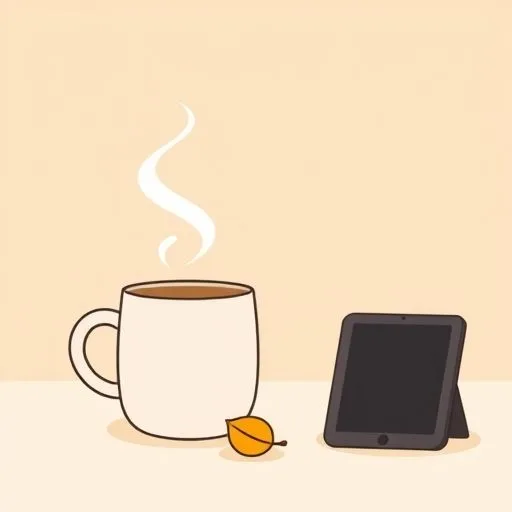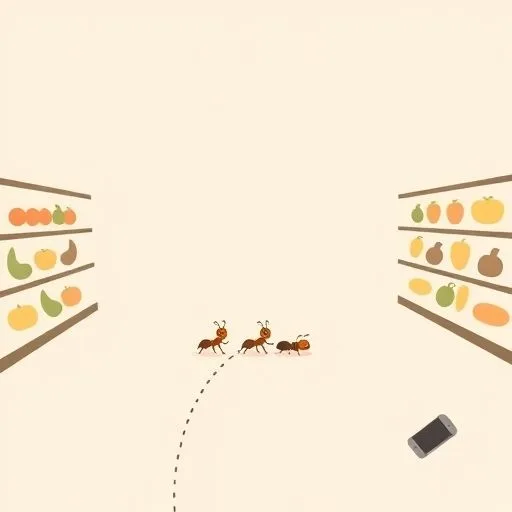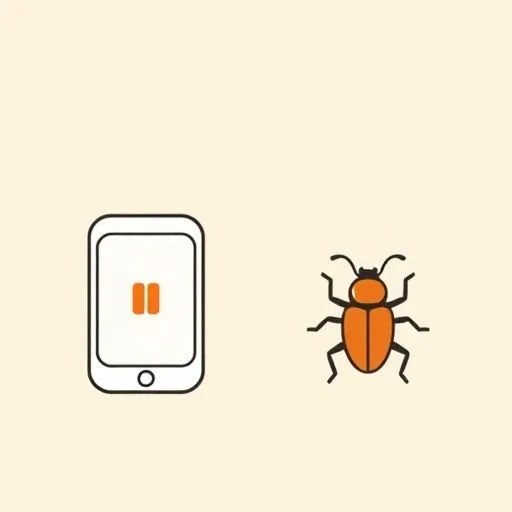
Picture this: It’s 8 PM. You’re walking in the door after a long day, exhausted. The house hums with leftover chaos—crayons on the floor, half-finished snacks, that sink full of dishes. Then, small hands grab your sleeve. “Why do clouds float?” You’re tempted to just say, “Look it up” while pulling out a tablet. But something stops you. You’ve felt that quiet tug before—the one saying the real navigation tool in this tech-saturated world isn’t an algorithm. It’s that relentless, innocent “why”. We’ve all been there, haven’t we? Staring down screen time pressure while craving genuine connection. Today, let’s talk about those tiny moments where curiosity wins—a shared breath at the kitchen counter, a paused storytime sigh, fingers tracing raindrops on windows. Because in AI’s shadow, these aren’t just moments. They’re lifelines.
The Unseen Shift: When Tired Moms Choose Wonder Over Screens

We’ve all been there, right? That bone-deep exhaustion that hits right around dinner time. Kids ask “why” while phones buzz with notifications waiting. And yet, something remarkable happens. I watched a mom last week, shoulders slumped after her third meeting, as her child whispered “why do ants walk together?” Instead of grabbing a tablet, she knelt in the grocery aisle. “Let’s follow them,” she said quietly, tracing their path with a finger. That’s not rare. Right now, tired hands across neighborhoods are choosing messy, slow discovery over quick digital answers. Why? Because they sense what studies miss: screen fixes drain wonder, but shared curiosity refuels us both.
Think about it. Sure, algorithms can spit out answers, but that shared curiosity? That builds something no machine can ever touch. It’s like that perfect kimchi-grilled cheese fusion—unexpected but wonderful! AI spits facts instantly, but it can’t replicate that moment when your child’s eyes widen seeing a leaf’s veins under a magnifying glass you dug from a junk drawer. Or when they ask “why is soup hot?” and you boil water together, watching steam rise—hands clasped over steaming bowls, not glowing screens. These aren’t grand gestures. They’re quiet acts of rebellion against the “efficiency” trap. One mom told me how she swaps app time for “why walks” after school—stopping to examine spiderwebs or muddy footprints. “My brain’s fried,” she admitted, “but seeing him point at a ladybug? It’s like getting oxygen.” That’s the shift: trading screen-dazed silence for messy, mutual discovery where even exhausted hearts reconnect.
What Algorithms Miss: Curiosity’s Secret Strength

We hear so much about AI “revolutionizing” education. But what if the real superpower isn’t in the device? Last Tuesday, I sat at a café watching two kids at the next table. One scrolled through an app labeled ‘STEM Adventure’ while the other poked at an overturned beetle with a stick, asking his mom “why legs wiggle?” The screen kid got an instant animation. The bug kid got something deeper: his mom’s hand joining his, their heads bent together as they imagined tiny beetle hearts beating. Algorithms deliver answers, but shared curiosity builds something no machine can touch—resilience through uncertainty.
Think about those “why” moments that echo later. When your child asks “why do stars twinkle?” and you both step outside to squint at the dark sky… that’s not just science. It’s teaching them it’s okay not to know—while modeling how to seek wonder in the not-knowing. I’ve seen this spark confidence. Like the mom who turned spilled milk into an experiment: “How many paper towels absorb this?” Her kid measured, predicted, giggled at soggy results. No apps, no pressure—just two humans navigating chaos together. That’s the hidden gift: when we ditch the screen for shared curiosity, we build future-ready skills. Critical thinking. Patience with ambiguity. The courage to ask again. And let’s be real—when your child asks “why is bedtime fair?” and you pause to really listen? That’s building emotional intelligence algorithms will never replicate.
We’re told tech is the future, yet kids raised on curiosity-first parenting show up differently. They don’t just consume answers—they question, test, imagine. Because they’ve learned what no chatbot teaches: real discovery starts with a shared breath, not a search bar.
Small Sparks, Big Ripples: Simple Ways to Keep Wonder Alive

Let’s drop the pressure. Fostering curiosity isn’t about grand gestures or perfect answers. It’s in how we respond to that fourteenth “why” of the day when we’re running on fumes. Start tiny. Next time your child asks “why is grass green?” pause your autopilot response. “You know what? Let’s check.” Grab a leaf, crack open a book from the library shelf, or just stare together. No lecture needed—just presence. One mom shared how she turns frustration into discovery: when her child refused shoes, she asked “What if we didn’t wear them?” They walked barefoot on pavement, then grass, then carpet—feeling textures. “It took ten minutes,” she laughed, “but he hasn’t complained since.”
Embrace the “I don’t know.” Seriously. When you say it while leaning in—”Interesting! How should we find out?”—you teach them curiosity’s heartbeat: wonder thrives in uncertainty. At dinner last week, my niece asked “why do noodles curl?” We all stopped eating, boiled spaghetti, and debated theories mid-stir. It was ridiculous. It was perfect. No apps, just laughter over floating carbs. These moments don’t require time—you’re already at the stove or in the car. Just shift focus: instead of scrolling while waiting, spot shapes in clouds with them. Or track ants on a park bench during “just five more minutes.”
When bedtime resistance hits, swap “because I said so” for “because the moon’s tired too—want to count the stars until it rises?” You’ll hear the tension ease. Or next rainy day, challenge: “How many drops hit the window?” Their counting? Pure magic. These aren’t lessons. They’re quiet reconnections where you’re seen—not as perfect parent, but as fellow wonderer.
Remember the mom from the grocery store? She texted me yesterday: “We followed ants to their nest… and now he calls them ‘road builders.’ ” No AI could name that pride. That’s the beautiful ripple effect! Choosing curiosity just once sparks more wonder until it becomes your family’s rhythm—in kitchen spills, sidewalk adventures, even through tears.
Source: Micron Stock Leads The Memory Storage Group Higher As AI Demand Surges, Biztoc, 2025/09/12 17:46:39
